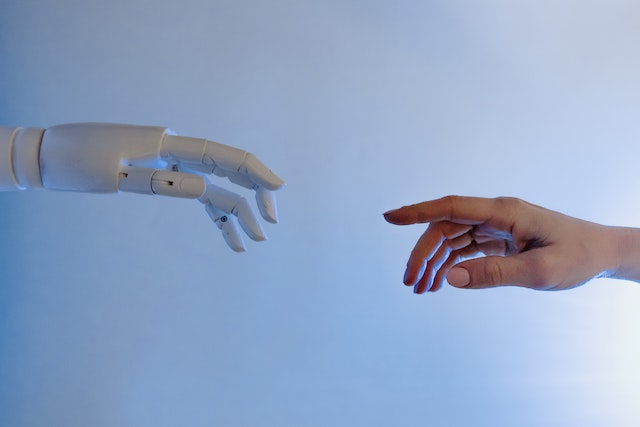The language barrier is a significant challenge for businesses seeking to expand their reach. Whether it involves entering new markets or establishing relationships with partners overseas, effective communication is crucial to success. However, for many small and medium sized businesses, hiring a full team of professional translators can be both costly and time-consuming. Fortunately, the rise of machine translation has presented a viable alternative when used in conjunction with human editors.
Machine translation has come a long way in recent years, with advances in artificial intelligence and natural language processing enabling more accurate translations. However, even the most advanced machine translation algorithms still have limitations. There are instances where it is simply not possible for a machine to fully understand the nuances of a language, such as idioms, colloquialisms, and cultural references. This is where human-edited machine translation comes in.

The Very Best of Both Extremes
The process of human-edited machine translation (HEMT), sometimes referred to as Post-Editing Machine Translation or PEMT, typically involves first using a machine translation engine to generate a preliminary translation. Then, a human editor (obviously a native speaker of the target language) reviews and refines the translation, correcting any errors or mistranslations and ensuring that the tone and meaning of the text remain intact. The result is a translation that is both accurate and natural-sounding.
Can Human-Edited Machine Translation Benefit Your Business?
So why would a small or medium sized business opt for post-edited machine translation instead of full human-powered translation? Firstly, cost is a significant factor. Hiring a team of professional translators is a considerable expense, especially for smaller businesses with limited resources. Machine translation is typically much more cost-effective, and by using human editors to refine the translations, the quality of the final product is still relatively high.
Another advantage of human-edited MT is speed. Machine translation algorithms can produce translations at a much faster rate than humans, allowing businesses to get their message out quickly. Additionally, human editors can work more efficiently with machine-generated translations than starting from scratch. The hybrid translation process is streamlined and allows for faster turnaround times.
Cost-Effective, Fast, Consistent and Flexible
One of the most significant benefits of human-edited machine translation is the consistency it provides. When using a team of human translators, there is always the risk of inconsistency in translations, particularly if different translators are working on different parts of the same project. Machine translation provides a consistent baseline, and the human editors can ensure that the translations maintain that consistency across the board.
Finally, human-edited machine translation can be more flexible than traditional human translation. For example, businesses may have a sudden need for translation services on short notice, or they may have a large volume of text to translate within a tight deadline. Post-edited machine translation can quickly adapt to these situations, providing fast and accurate translations without sacrificing quality.

English to Dutch Human-Edited Machine Translation
In conclusion, human-edited machine translation is a practical and cost-effective solution for small to medium sized businesses looking to expand their reach to international audiences. By leveraging the benefits of both machine translation and human editing, businesses can achieve accurate, natural-sounding translations that are consistent and reliable. The result is a more efficient and effective communication strategy that can help businesses to achieve their global goals.
We offer human-edited machine translation services for the Dutch language. Request a free quote now to see what we can do for your English to Dutch translation project.